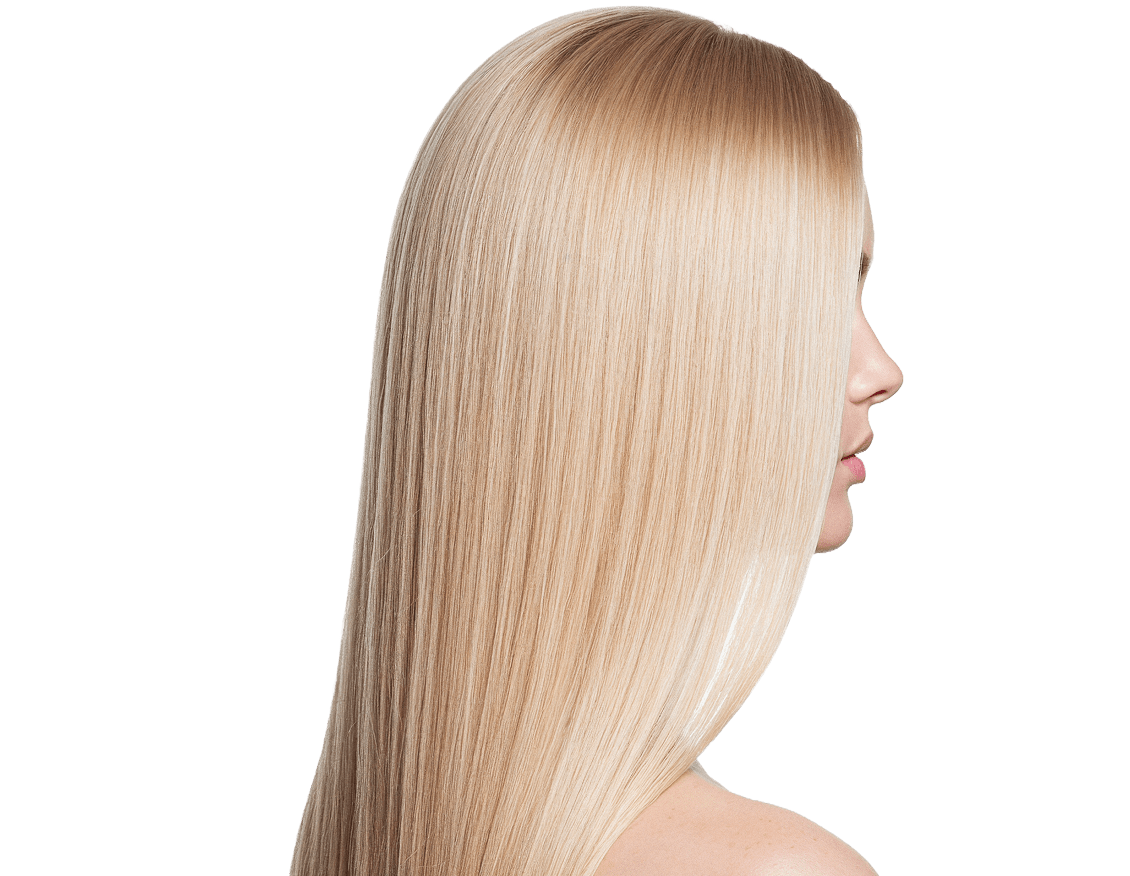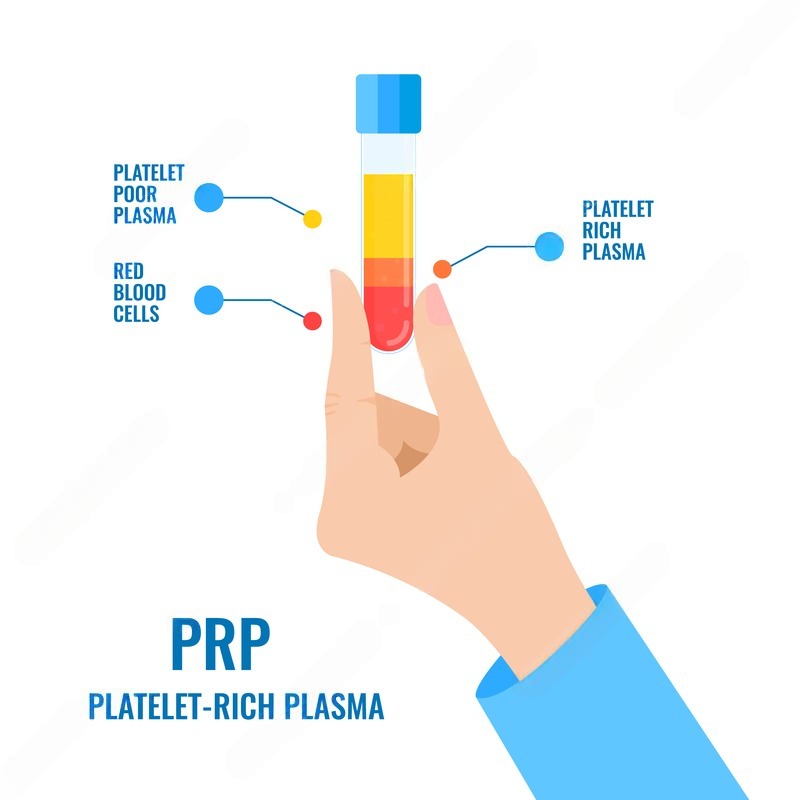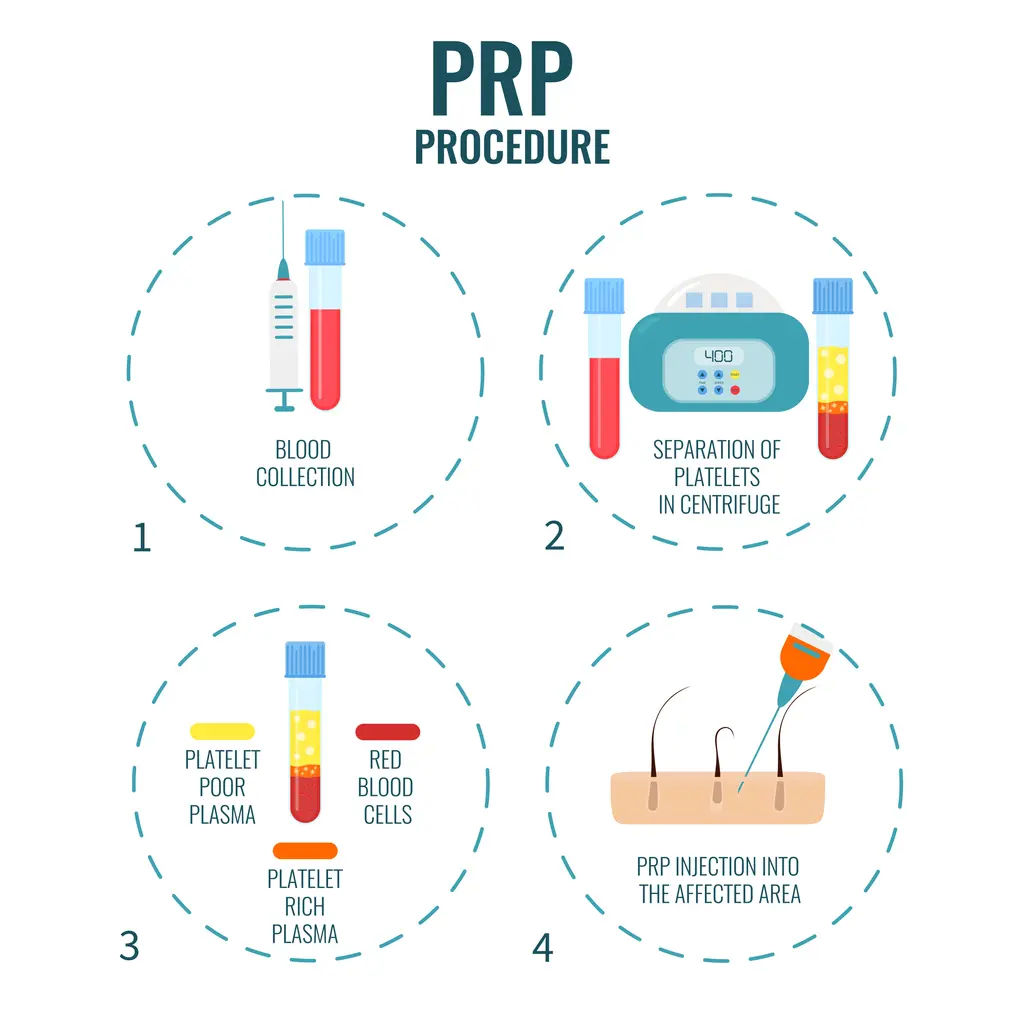PRP Hair Restoration Therapy


What Is PRP for Hair Loss?
PRP (Platelet-Rich Plasma) therapy is a non-surgical, regenerative treatment designed to stimulate hair growth using the healing properties of your own blood. This natural treatment helps combat hair thinning by rejuvenating dormant follicles and improving scalp health.
PRP is especially effective in the early stages of hair loss. By injecting concentrated platelets directly into the scalp, the therapy supports cell repair, reduces inflammation, and encourages stronger, thicker hair regrowth—without surgery or long-term medication.
This treatment is widely used for both men and women and can also be used alongside a hair transplant to enhance healing and final results.
How Does PRP Work?
PRP treatment uses components extracted from your own blood. The process is safe, minimally invasive, and typically completed in under an hour. Here’s how it works:
- A small amount of blood is drawn from your arm.
- The blood is placed in a centrifuge to isolate the platelet-rich plasma.
- The PRP is then injected into areas of thinning hair on the scalp.
These platelets release growth factors that stimulate collagen production, improve blood supply to hair follicles, and activate natural hair regrowth mechanisms.
Many patients begin to see visible improvement within 2–3 sessions, though long-term benefits are typically achieved over 4–6 months.
Who is PRP Therapy Suitable For?
PRP therapy is best suited for individuals who are experiencing:
- Early-stage hair thinning or reduced density
- Androgenetic alopecia (male or female pattern hair loss)
- Hair shedding due to stress or hormonal imbalance
- Post-transplant patients looking to boost graft survival and healing
- Eyebrow or beard thinning
- Poor scalp circulation or weak hair follicles
It’s a great option for those who want a natural, medication-free treatment without downtime.

PRP Therapy Benefits
PRP offers a natural and non-surgical way to stimulate hair growth by using your own blood. It works best for patients with early hair thinning and those seeking a boost in density or hair strength.
Key benefits include:
- No synthetic chemicals or medications involved
- Helps revive dormant or weak hair follicles
- Improves scalp circulation and overall follicle health
- Minimal downtime – patients return to normal activities within hours
- Can be used with FUE hair transplants to accelerate healing and improve graft survival
Many patients also report reduced shedding, improved hair texture, and increased hair volume within a few sessions.
Risks of PRP Hair Treatment
Although PRP is a safe, autologous treatment, it’s not completely risk-free—especially if performed by unqualified practitioners.
Potential risks include:
- Infection at the injection site (rare when done under sterile conditions)
- Minor nerve or blood vessel injury
- Temporary dizziness during or after blood draw
- No visible results if the follicles are already fully dormant or scarred
We always perform a thorough consultation to assess if PRP is suitable for your hair loss condition and health status.
Cost of PRP Hair Treatment
PRP is a cost-effective treatment compared to surgical options, especially in early stages of hair thinning.
Typical pricing structure:
Per session: £200–£400 depending on the clinic and area treated
We also offer flexible payment plans, allowing you to spread the cost of treatment across monthly instalments—making PRP more accessible without compromising quality.
PRP Therapy at Dr. Ditta Hair Transplants
At Dr. Ditta Hair Transplants, we focus on personalised, safe, and evidence-based solutions for every stage of hair loss. With extensive experience in PRP and surgical techniques, our clinic offers:
- CQC-registered medical facility
- Custom PRP plans based on your hair loss stage
- Affordable packages and payment plans
- Honest, no-obligation consultations
We always perform a thorough consultation to assess if PRP is suitable for your hair loss condition and health status.
Hair Loss Prevention Tips
Some types of hair loss can be delayed or prevented by maintaining healthy habits:
Eat a diet rich in protein, iron, zinc, and vitamins
Avoid tight hairstyles and chemical treatments
Limit heat styling
Manage stress through sleep, exercise, or meditation
Address scalp conditions early (like dandruff or dermatitis)
How to Spot Hair Thinning in Women & Men
Early signs of hair loss vary, but here are common symptoms to watch for:
- Thinning ponytail or reduced volume
- Visible scalp through hair, especially under bright light
- Increased shedding in the shower or on your pillow
- Slower hair growth than usual
- Uneven hair texture or brittleness
If you notice any of these, early treatment can significantly improve outcomes.
PRP Treatment FAQs
If you’re considering PRP therapy for hair loss, it’s natural to have questions. Below are answers to some of the most common queries patients ask before starting treatment.
How soon can I see results?
Most patients see reduced shedding and early growth within 2–3 months. Full results can take 6 months or more.
Can PRP regrow hair on bald spots?
It works best on thinning areas, not completely bald zones. PRP won’t create hair where follicles no longer exist.
Is PRP safe for everyone?
It’s safe for most, but not recommended if you have bleeding disorders, active scalp infections, or certain autoimmune conditions.
Can I combine PRP with other treatments?
Yes—PRP is commonly used with FUE transplants, Minoxidil, or microneedling to boost overall results.
How many sessions do I need?
Typically 3–4 sessions to start, then maintenance every 4–6 months based on your progress.
